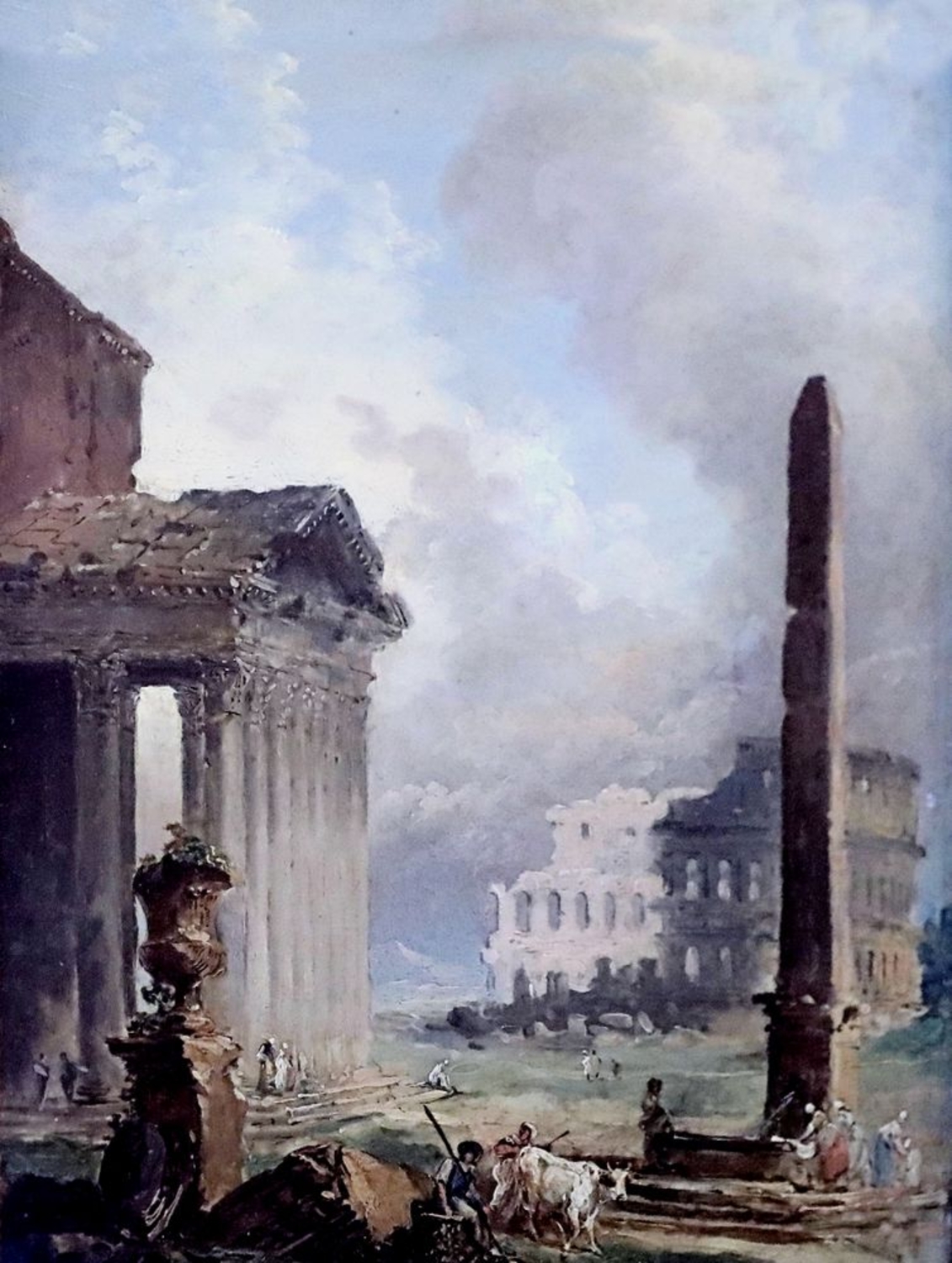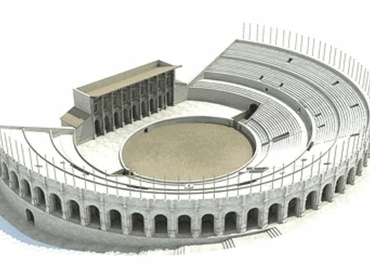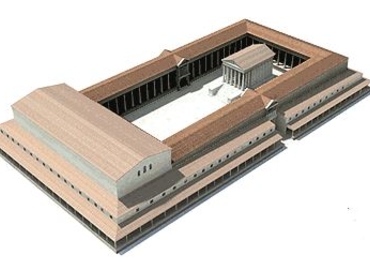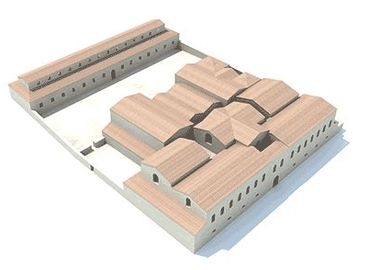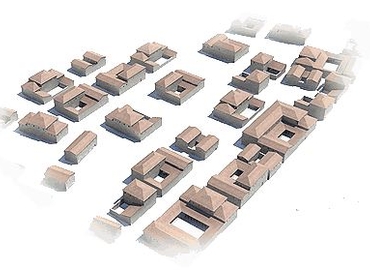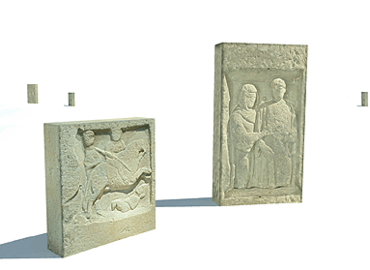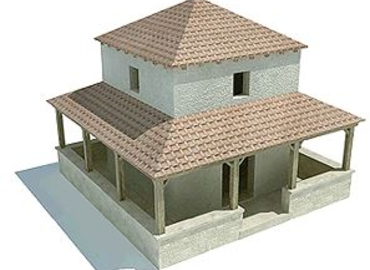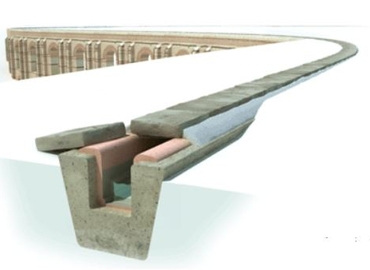
- Home
- The city
- The early Roman city
The Romans believed that a city was defined by its status, in Lutetia's case, it was the capital of the Parisii tribe. A city's political function mattered most, and distinguished it from mere urban areas or other types of settlements. In terms of urban planning, this function was expressed by the construction of large monuments, particularly a forum that was-even on a modest scale-a reflection of the City, i.e. Rome.
In this sense, in the Roman city of Lutetia that consisted of three centres-the city of the left bank, the Île de la Cité, and the suburbs of the right bank-only the left bank could claim this role. It was not only the largest of the three areas-the regular grid pattern of its layout was typically Roman, and it was the only sector in which, starting in the 2nd century CE, public monuments were constructed. No Early Roman public building has been found on the Île de la Cité or in the suburbs on either bank.
The urban centre of the town was built on the slopes of the Saint-Geneviève hill the suburbs were only peripheral zones of Lutetia.
